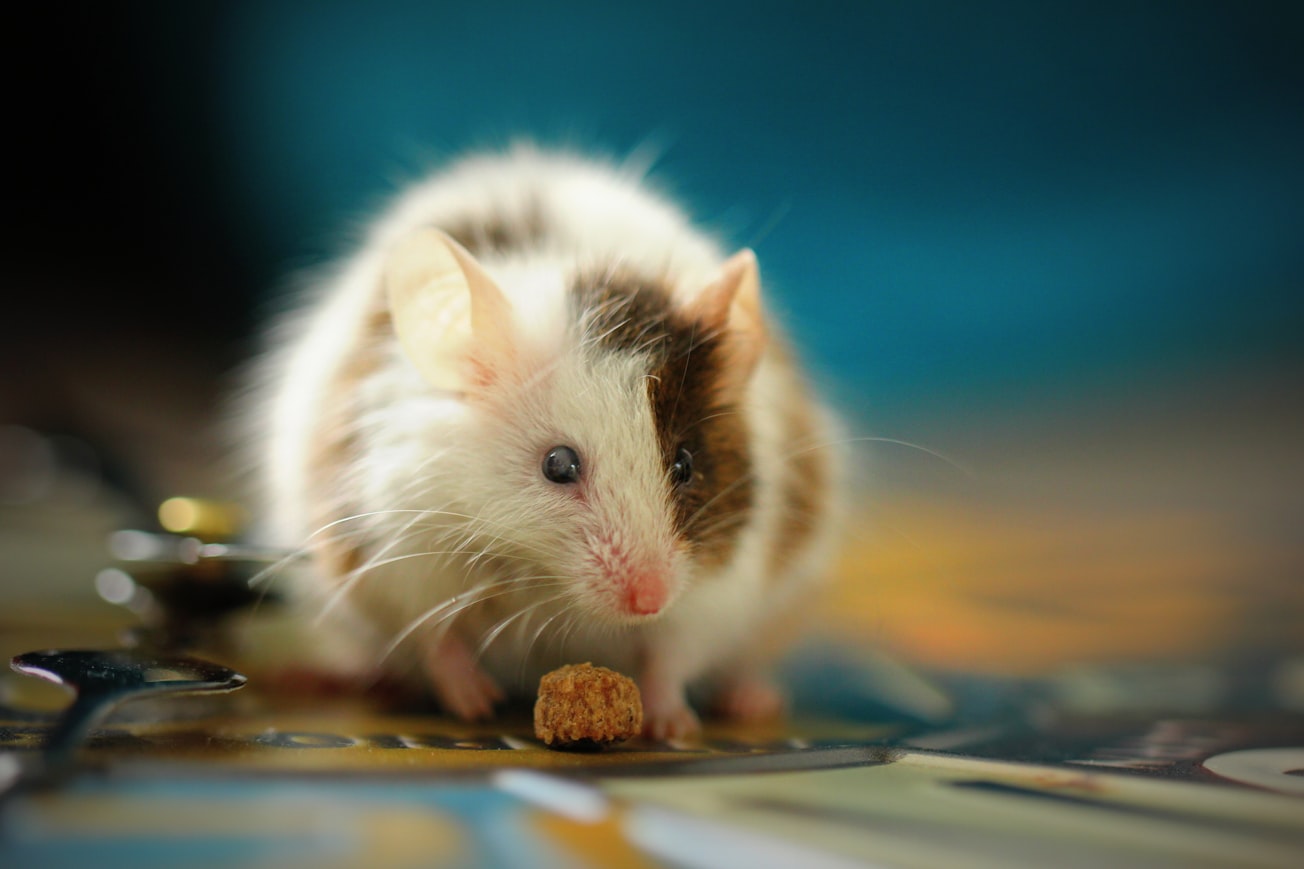What is it about?
This is a paper from my PhD at Cambridge University where I showed that genetic anaemia in mice can be treated by normal Embryonic haemopoietic stem cells obtained from early post‐implantation mouse embryos can be successfully used in the treatment of murine genetic anaemia. Anaemic recipients had either chronic macrocytic anaemia, which was lethal without treatment, or mild anaemia without increased mortality. All successfully grafted recipients developed donor haemoglobin and glucose phosphate isomerase electrophoretic markers, indicating the presence of donor erythrocytes and lymphocytes. The minimum number of embryonic cells resulting in a successful graft in chronic macrocytic anaemia recipients was 0.8 × 106 nucleated cells. Athymic (nude) mice were also colonized by embryonic haemopoietic stem cells. Donor electrophoretic markers were seen but all recipients soon died, possibly of pneumonia. Bone marrow grafts into recipients with chronic macrocytic anaemia were not successful. Bone marrow grafts into recipients with mild anaemia resulted in some recipients showing donor markers. These recipients later died, showing symptoms of graft‐versus‐host disease.
Featured Image

Photo by Sandy Millar on Unsplash
Why is it important?
This is one of the first descriptions of its type using embryonic stem cells
Perspectives
This was part of my PhD at Cambridge University
Professor Peter Hollands
Consultant Clinical Scientist
Read the Original
This page is a summary of: Embryonic haemopoietic stem cell grafts in the treatment of murine genetic anaemia, British Journal of Haematology, October 1988, Wiley,
DOI: 10.1111/j.1365-2141.1988.tb02457.x.
You can read the full text:
Contributors
The following have contributed to this page







